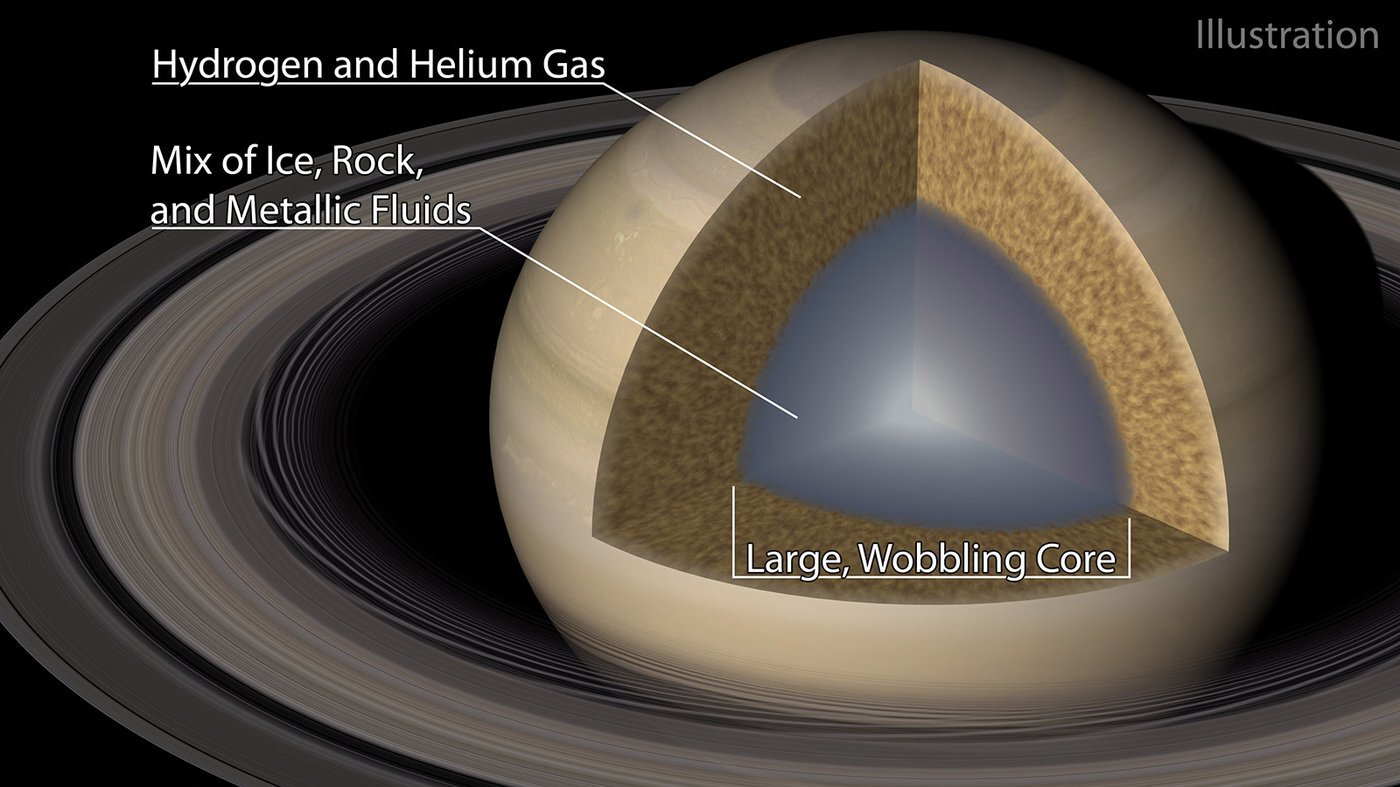
Searching for life in alien oceans may be more difficult than scientists previously thought, even when we can sample these extraterrestrial waters directly.
A new study focusing on Enceladus, a moon of Saturn that sprays its ocean water into space through cracks in its icy surface, shows that the physics of alien oceans could prevent evidence of deep-sea life from reaching places where we can detect it.
Published today (Thursday, 6 February 2025) in Communications Earth and Environment, the study shows how Enceladus’s ocean forms distinct layers that dramatically slow the movement of material from the ocean floor to the surface.
Chemical traces, microbes, and organic material — telltale signatures of life that scientists look for — could break down or transform as they travel...
Read More









Recent Comments